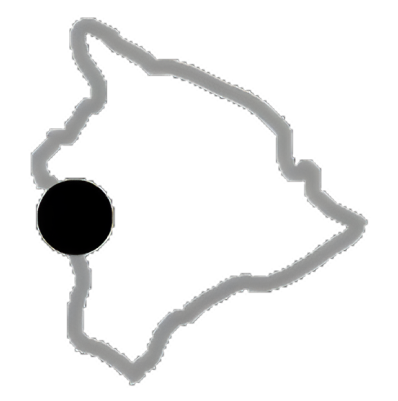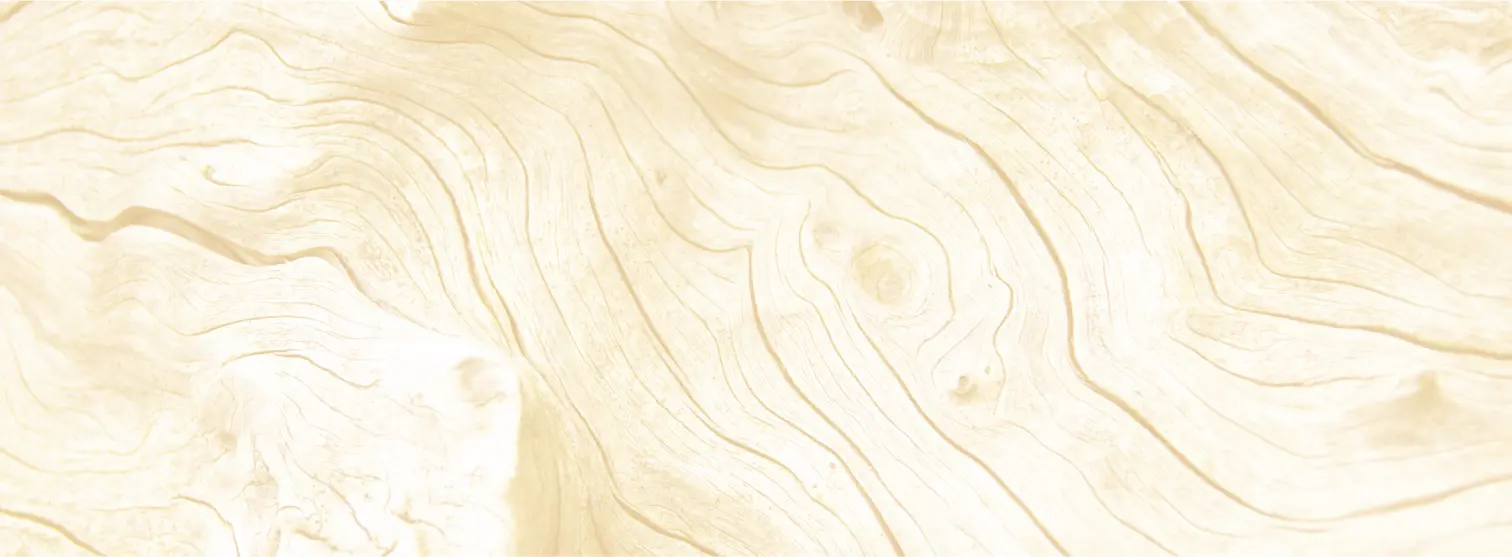From lonesome keiki to island king
Who hasn’t heard the name? The story of King Kamehameha infuses the legends of Hawaii. Each year, on June 11, Hawaii celebrates Kamehameha’s birthday with colorful parades and flower lei. But while we all agree that this fierce leader unified the islands under his rule, in 1810, few today will ever really know the entire story of his life, especially of the years predating Captain Cook’s arrival in Kealakekua, in 1779. All we have are fragments of accounts, which reflect a partial truth at best. For sure, though, the ahupuaa (land division) of Halawa in North Kohala, which includes the site of Kohala Zipline, holds vital clues to Kamehameha’s storied past. This green and beautiful Halawa has shaped Hawaii’s history.
Blessed with adequate rainfall, fresh water streams, and fertile soils, the lands of Halawa began drawing prominent chiefs and families in earliest Hawaiian times. The soil readily yielded abundant crops for Hawaii’s growing populations: This made them valuable to anyone seeking power. By the mid-18th century, Halawa belonged to aristocratic warrior families who, like other nobles around them, were constantly engaged in warfare, vying to expand their rule over the islands once and for all.
Sometime between 1753 and 1758, somewhere in North Kohala and likely in leeward Kokoiki near ancient Mookini heiau, a child was born amid an aristocratic assemblage gathered in preparation for a warring expedition to Maui. In the entourage were the nobles of Halawa and of equally wealthy ahupuaa farther east. Rain, thunder and lightning darkened the night of the child’s birth. Perhaps fueled by this ominous weather, prophesies spread that a male infant had arrived who would defeat all men to conquer the islands. Many ambitious folks began to fret. Fearing for her son’s safety, the boy’s mother gave the child into the custody of Naeole, a chief of Halawa. The boy’s name was Paiea, Hard-Shelled Crab, but in isolated Halawa he acquired the nickname Kamehameha, The Lonely One.
Where exactly in Halawa was Kamehameha during his early years? A manuscript in Bishop Museum mentions Waipunalau, an upland area of streams and springs. Here, at a taro patch between two falls, “Kamehameha was fed luau of young taro leaves, cooked, and other vegetable food.” The manuscript also describes the child’s unusual strength. Others have said that Kamehameha lived in Pololu Valley, from age twelve until seventeen. Some time after his parents died, he would have trained as a warrior on the battle grounds of Hinakahua, on the eastern edge of Kapaau, currently the site of the hospital. Eventually, he joined the court of his uncle Kalaniopuu, Hawaii’s ruler at that time.
In 1823, Missionary William Ellis visited Halawa and wrote: “Halaua [Halawa] is a large district on the north-east coast of the island, and, if not the birth-place of Tamehameha [Kamehameha], was the land which he inherited from his parents, and, with the exception of a small district in the division of Kona, the only land he possessed in Hawaii prior to the death of Taraiopu (Kalaniopuu)…”
Although Kalaniopuu had a son and heir, Kiwalao, he treated his nephew Kamehameha as his second son. Noticing the youth’s strength and potential, he decided that Kamehameha should take responsibility for the western side of the island. Kiwalao should rule the other side. But Kalaniopuu knew well that such a division would be impossible to maintain. Wars would erupt as soon as he died. So Kalaniopuu placed his nephew under the tutelage of the warrior-teacher Kekuhaupio of Keei on South Kona. Later, he advised Kamehameha to return to Kohala to gather his troops and hone his skills. Back in Halawa, Kamehameha did as he was told. He trained armies of men loyal to his directive and kindness. He layered his physical strength and fearlessness with confidence, agility, and ever-increasing skill. He also built a road at Kapanaia to facilitate the transportation of canoes. His beloved teacher, Kekuhaupio, occasionally traveled from South Kona to check in.
Young Kamehameha was an avid farmer. He kept personal taro patches in Halawa, where the zipline is, in Waiapuka, east of Halawa, and at Kauhola Point (Lighthouse) to the west. He brought irrigation water to Kauhola via a long earthen ditch that tapped into Halawa’s headwater spring Kapunakane (above Kohala Zipline). Kamehameha summoned Halawa’s commoners to participate in farming food, probably knowing that the day would come that his warriors would be grateful for the supplies.
Kalaniopuu died in 1782. Although Kiwalao and Kamehameha had respected each other, battles between island chiefs erupted as foreseen. For a decade, Kamehameha traveled across the island to subdue other island chiefs. His loyal teacher Kekuhaupio could always be found at his side. Kamehameha returned to Halawa once in a while to tend to his taro, and replenish his men, until, at last, he unified the island of Hawaii under his rule, in 1791.


